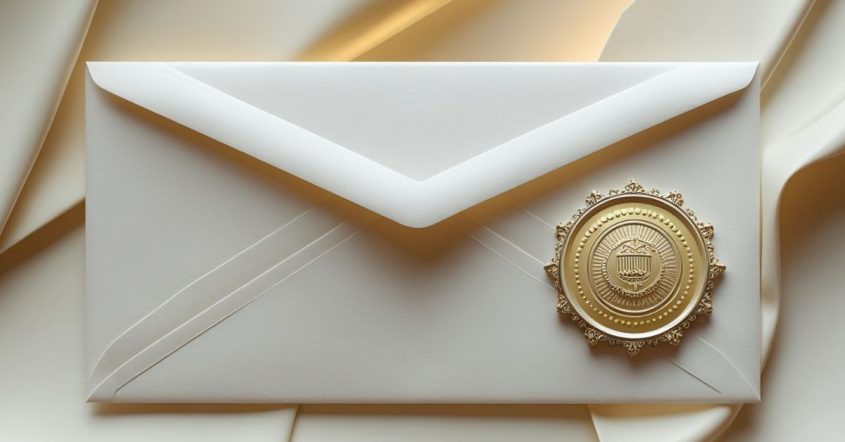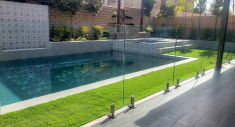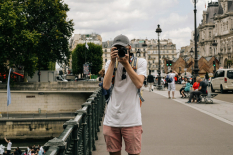What drives someone to write a heartfelt message they never intend to send? Maybe it’s love that still lingers, a friendship that ended without closure, or words left unsaid during a breakup. In a digital world where everything is shared instantly, The Unsent Project offers something different: a place to express, let go, and reflect, anonymously.
The Unsent Project is a public archive of anonymous, unsent text messages written to first loves. Created by artist Rora Blue, it has collected over 5 million submissions from around the world. The twist? Every message is tied to a color, creating a unique emotional map based on hues and feelings.
This article dives into the origins, purpose, impact, and emotional depth of The Unsent Project and explores how a simple idea of unspoken communication has become a globally shared, artistic, and therapeutic outlet.
Origins & Creator
The Unsent Project began in 2015, born from the creative mind of artist Rora Blue. It started as a Tumblr blog, where Blue asked people to submit anonymous text messages they wished they could send to their first love. Each message came with a single question: “What color do you associate with your first love?”
This simple yet profound question turned the project into something more than an art display, it became an emotional archive. Rora Blue’s interest in color theory and emotional connection gave birth to a colorful database of anonymous feelings.
Blue herself lives with chronic illness and uses her art to explore themes of identity, disability, emotion, and human connection. Her unique approach to digital art made The Unsent Project not only popular on social media but also widely respected in artistic and academic circles.
The project grew fast. Featured in publications like Teen Vogue and showcased on platforms such as Good Morning America, it became an internet sensation, pulling in people from every part of the globe.
How It Works
The process of participating in The Unsent Project is simple. Anyone can go to the official website (theunsentproject.com) and submit a message anonymously. Here’s how it works:
- Write a message: This message is meant for your first love or someone you could never express yourself to.
- Choose a color: Pick a color that represents how you feel about this person.
- Submit: Once sent, the message becomes part of the public archive, visible to anyone browsing the site.
You can also search through existing messages. Want to know what people said to someone named “Sam”? Type in the name. Want to feel what “blue” means to others? Filter by color.
The color-coded system is central to the project’s emotional storytelling. Blue might mean sadness or longing to one person, while red could mean passion or regret. It’s subjective, and that’s the beauty of it.
Each submission becomes a thread in a larger emotional tapestry, reflecting love, pain, growth, regret, and hope.
Impact & Reach
Since its inception, The Unsent Project has gathered over five million anonymous messages. People from all over the world, of all ages, cultures, and backgrounds have contributed.
The project’s impact is more than artistic; it’s deeply psychological. For many, writing a message they never plan to send offers emotional release. It’s like writing in a diary, but knowing others might read it and relate.
Users have described the project as therapeutic. Some find closure. Others find connection by reading messages similar to their own stories.
Rora Blue has turned select messages into art collages, Instagram posts, books, and even gallery pieces. The messages become more than text. They become shared experiences, forming a visual and emotional collection that grows every day.
Cultural Significance
In a world obsessed with instant sharing, curated feeds, and polished captions, The Unsent Project provides something rare: honesty. There’s no filter, no likes, no comments, just raw emotion.
The project has been recognized not just as an art initiative but as a cultural archive. It documents human emotions in a specific time period, creating a snapshot of what love and heartbreak look like in the digital age.
Its format has inspired similar digital confession platforms and emotional projects. The concept of anonymous expression isn’t new, but The Unsent Project stands out for combining it with visual aesthetics and emotional color theory.
It also opens up discussions in academic fields like psychology, digital humanities, and communication studies. Researchers and students have used it to explore themes of love, memory, gender identity, and emotional intelligence.
Risks & Considerations
While the platform offers a healing experience for many, it’s not without challenges.
Anonymity can be both empowering and risky. While it allows people to be honest, it can also lead to emotionally triggering content. There is a moderation process, and the site has rules about not including personal data or hateful speech, but no system is perfect.
Permanence is another concern. Once submitted, messages become part of the public archive. They can’t be edited or removed easily. Users are advised to avoid sharing names or details that could identify someone.
These issues don’t diminish the project’s value but highlight the need for mindful engagement. Reading and writing on The Unsent Project can stir deep feelings. It’s important to approach it with emotional awareness.
Criticisms & Questions
Some people question whether sharing such personal feelings online, even anonymously, is healthy. Could it deepen emotional wounds instead of healing them?
Others wonder if the messages are truly meant for others, or more for the self. Is it about communication or catharsis?
Then there’s the color choice. Can colors really capture emotions? Isn’t it limiting or even confusing to assign one color to a deeply complex feeling?
Despite these questions, the project continues to grow. Its open-endedness is part of its power. There are no rules for how emotions must be processed. The Unsent Project gives people the freedom to define their own meaning.
Conclusion
The Unsent Project is more than a website. It’s a collective diary. A gallery of untold stories. A rainbow of emotions mapped onto anonymous words.
Through a blend of art, color, emotion, and storytelling, it offers a unique space for reflection, connection, and release. Whether you read a single message or spend hours exploring, you’re likely to find something that resonates.
So what would you write, if you knew you didn’t have to send it? And what color would you choose to say it?
















